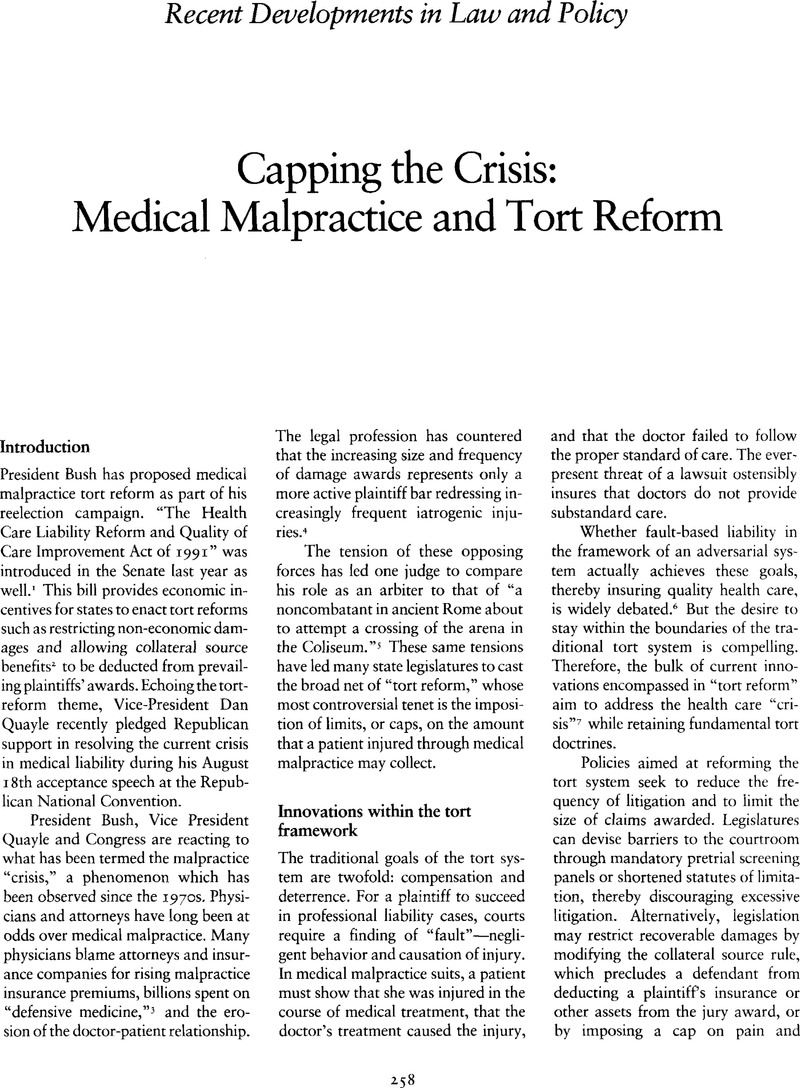Crossref Citations
This article has been cited by the following publications. This list is generated based on data provided by Crossref.
Benjamin, David M.
1993.
Elements of causation in toxic tort litigation.
Journal of Legal Medicine,
Vol. 14,
Issue. 1,
p.
153.



